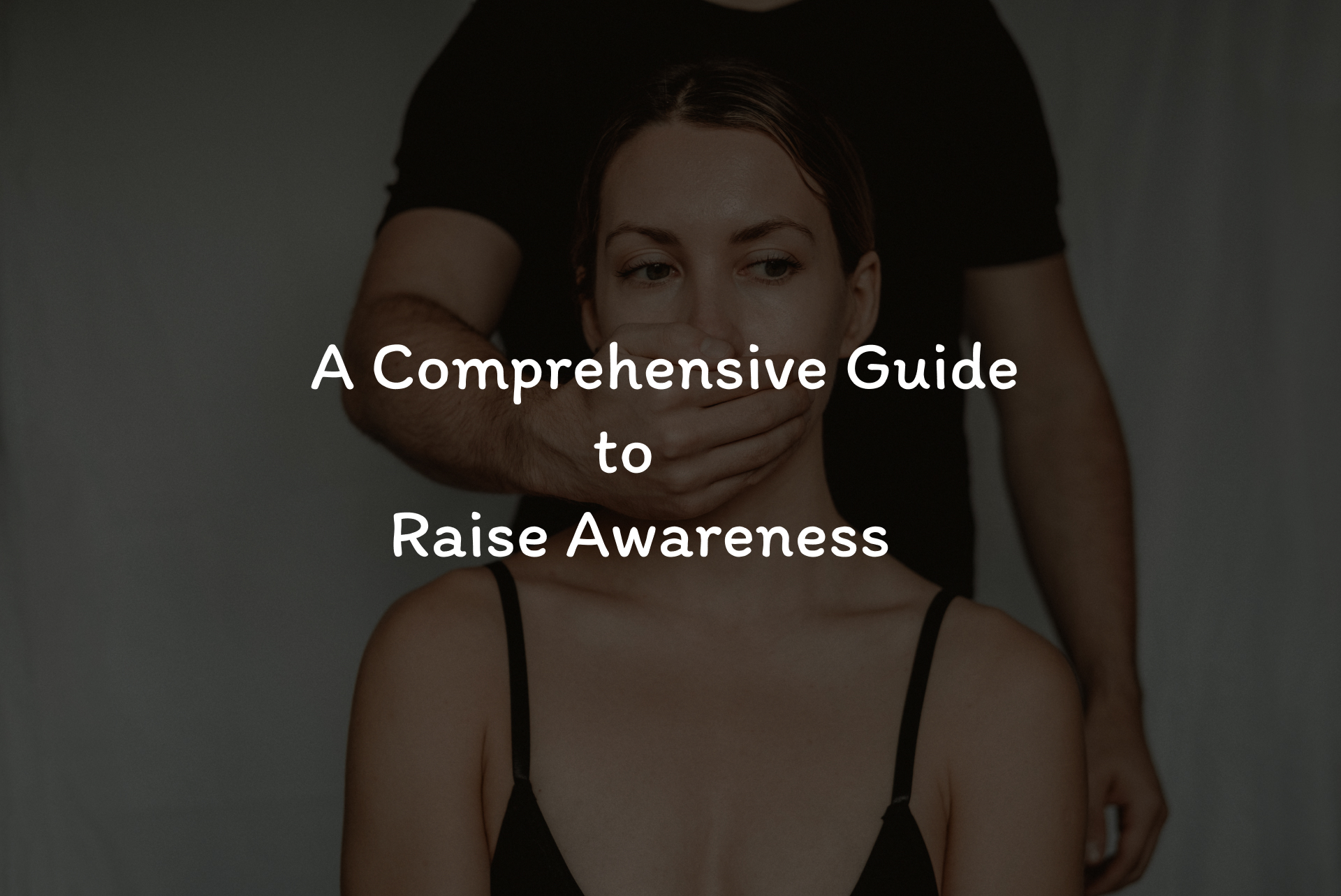
Blog / Sexual Harassment
Sexual Harassment: A Comprehensive Guide to Raise Awareness

1. Introduction
Sexual harassment is a pervasive issue that affects individuals across various spheres of life. It is crucial to have a comprehensive understanding of this issue in order to raise awareness and promote a safer and more inclusive society. In this article, we will delve into the definition of sexual harassment and explore its scope and prevalence in today's world.
1.1 Definition of Sexual Harassment
Harassment inflicts deep-rooted wounds on the victims, with mental health being one of the primary areas impacted. Victims often suffer from anxiety, depression, and post-traumatic stress disorder (PTSD), which can persist long after the harassment incidents have occurred. The toll on their overall well-being is substantial, necessitating support and professional assistance for healing.
1.2 Scope and Prevalence of Sexual Harassment
Sexual harassment is not limited to a certain context or demographic. It can occur in workplaces, educational institutions, online platforms, and other social settings. Unfortunately, it is a widespread problem that affects individuals of all genders. Studies have shown that a significant number of people have experienced some form of sexual harassment in their lives, highlighting the urgent need to address this matter.
2. Historical Context
To fully comprehend the issue of sexual harassment, it is essential to explore its historical context. Over the years, there has been an evolution of laws and regulations aimed at preventing and addressing sexual harassment. Moreover, landmark legal cases have played a significant role in shaping our understanding of this issue.
2.1 Evolution of Sexual Harassment Laws
Sexual harassment laws have significantly evolved to keep up with societal changes and protect individuals from harassment. Early legal interpretations were limited, but as awareness increased, legislation expanded to cover various forms of harassment. Understanding the development of these laws helps us appreciate the progress made in combating sexual harassment.
2.2 Landmark Cases
Landmark cases have played a pivotal role in shaping the understanding and legal framework surrounding sexual harassment. Cases such as Meritor Savings Bank v. Vinson and Faragher v. City of Boca Raton have set important precedents and established the liability of employers in addressing sexual harassment. By examining these cases, we can gain insight into the legal history of sexual harassment.
3. Types of Sexual Harassment
Sexual harassment manifests in various forms, and recognizing these different types is crucial to addressing the issue effectively. Let us explore the three primary categories of sexual harassment: quid pro quo harassment, hostile work environment harassment, and online sexual harassment.
3.1 Quid Pro Quo Harassment
Quid pro quo harassment occurs when a person's submission to or rejection of unwelcome sexual advances becomes a condition for employment or other benefits. This type of harassment often involves an abuse of power dynamics and can have severe consequences for victims.
3.2 Hostile Work Environment Harassment
Hostile work environment harassment refers to an environment where unwelcome sexual advances, comments, or other conduct create an intimidating, hostile, or offensive setting. It is essential to understand what constitutes a hostile work environment to effectively combat this form of harassment.
3.3 Online Sexual Harassment
The rise of the digital era has brought about new avenues for sexual harassment. Online platforms can be breeding grounds for inappropriate behavior, cyberbullying, and non-consensual sharing of explicit content. Unraveling the complexities of online sexual harassment is crucial in our modern society.
4. Factors Contributing to Sexual Harassment
In order to address sexual harassment effectively, it is vital to understand the underlying factors that contribute to its occurrence. Several key elements, such as power dynamics, gender inequality, and sociocultural factors, play a significant role in perpetuating this issue.
4.1 Power Dynamics
Power imbalances, whether in the workplace or other settings, can contribute to the occurrence of sexual harassment. Individuals in positions of authority may misuse their power to engage in harassing behavior, making it essential to examine and address these power dynamics to prevent and respond to sexual harassment effectively.
4.2 Gender Inequality
Gender inequality, deeply rooted in societal norms and stereotypes, creates an environment conducive to sexual harassment. By addressing the underlying gender-based disparities present in our society, we can work towards creating a more equitable and safe environment for all.
4.3 Sociocultural Factors
Sociocultural factors, including attitudes towards gender, sexuality, and consent, can influence the prevalence of sexual harassment. It is important to examine these factors critically to challenge harmful social norms and foster a culture of respect and consent.
5. Impact of Sexual Harassment
Sexual harassment can have far-reaching consequences on individuals who experience it. Understanding the impact of sexual harassment is crucial to comprehend the urgency of addressing this issue effectively.
5.1 Physical and Emotional Consequences
Sexual harassment can lead to significant physical and emotional harm for victims. From anxiety and depression to physical injuries, the consequences of harassment can be severe and long-lasting. Acknowledging the physical and emotional toll of sexual harassment is essential to support survivors and prevent future instances.
5.2 Professional and Personal Ramifications
The repercussions of sexual harassment extend beyond immediate emotional distress. Victims may experience professional setbacks, such as diminished work performance, impaired job prospects, or even wrongful termination. Additionally, sexual harassment can strain personal relationships and have a detrimental effect on overall well-being.
